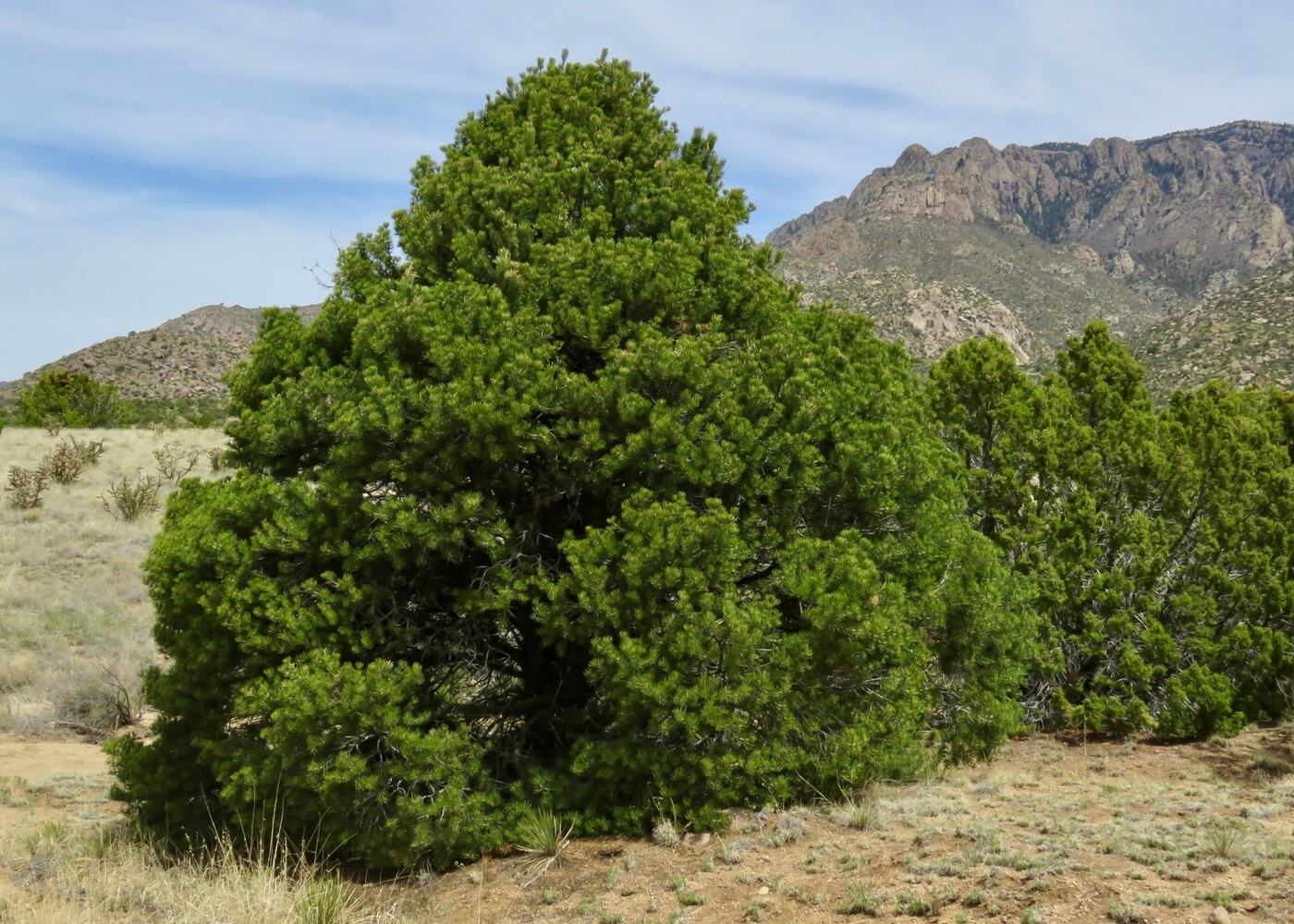
New Mexico, known for its diverse landscapes and rich cultural heritage, boasts a state tree that holds significant botanical and historical importance. The alluring and resilient Piñon Pine (Pinus edulis) proudly represents the state as its official tree. This remarkable species thrives in the arid and challenging conditions of New Mexico, symbolizing the state's strength and adaptability.
In this article, we'll delve into 10 fascinating facts about the New Mexico state tree, shedding light on its ecological significance, cultural relevance, and unique characteristics. From its vital role in the ecosystem to its historical and culinary significance, the Piñon Pine stands as a testament to the enduring spirit of New Mexico. Join us on a captivating journey through the enchanting world of the Piñon Pine, as we uncover the remarkable traits that make it an indispensable part of New Mexico's natural and cultural tapestry.
Key Takeaways:
- The Pinyon Pine, New Mexico’s state tree, symbolizes resilience and provides nutritious pine nuts, supporting wildlife and Indigenous communities while facing environmental challenges.
- Conservation efforts are underway to protect the Pinyon Pine, inspiring art and literature and preserving its vital role in New Mexico’s ecosystem for future generations.
The Pinyon Pine is the State Tree of New Mexico.
The Pinyon Pine, scientifically known as Pinus edulis, was designated as the official state tree of New Mexico in This resilient and picturesque tree is an integral part of the state's ecosystem, playing a vital role in its natural landscape and cultural heritage.
The Pinyon Pine is an Evergreen Conifer.
The Pinyon Pine is an evergreen conifer, characterized by its short, stout trunk and wide, rounded crown. Its distinctive needles grow in pairs and are a vibrant shade of green, creating a lush canopy that provides shade and shelter for various wildlife in the region.
It Produces Nutritious Pine Nuts.
The Pinyon Pine is renowned for its edible pine nuts, which have been a traditional food source for Indigenous peoples in the Southwest for centuries. These nutrient-rich nuts not only sustain wildlife but also serve as a valuable culinary ingredient, adding a delightful flavor to a wide array of dishes.
The Tree Symbolizes Resilience and Adaptability.
In the arid landscapes of New Mexico, the Pinyon Pine stands as a symbol of resilience and adaptability, thriving in harsh conditions with minimal water. Its ability to endure and flourish in challenging environments embodies the spirit of perseverance deeply rooted in the state's history and culture.
Pinyon Pines Have a Long Lifespan.
These majestic trees have an impressive lifespan, with some individuals living for several centuries. Their enduring presence in the New Mexican terrain reflects the enduring legacy of the state's natural heritage and the timeless beauty of its wilderness.
The Pinyon Pine Plays a Vital Role in Ecosystem Preservation.
As a keystone species, the Pinyon Pine contributes to ecosystem preservation by providing habitat, food, and shelter for a diverse range of wildlife, including birds, mammals, and insects. Its presence enriches the biodiversity of the region, fostering a balanced and sustainable environment.
It Holds Cultural and Historical Significance.
The Pinyon Pine holds significant cultural and historical value for the Indigenous communities of New Mexico, who have long revered this tree for its sustenance and spiritual symbolism. Its enduring presence in their traditions and ceremonies underscores its profound cultural significance.
The Pinyon Pine Faces Environmental Challenges.
Despite its resilience, the Pinyon Pine faces environmental challenges, including climate change and the spread of pests and diseases. Efforts to safeguard and conserve these iconic trees are crucial for preserving the ecological integrity of New Mexico's landscapes.
Conservation Efforts are Underway.
In recognition of the importance of the Pinyon Pine, conservation efforts are underway to protect and restore its natural habitats. These initiatives aim to ensure the sustained health and vitality of the Pinyon Pine populations across New Mexico, safeguarding their future for generations to come.
The Pinyon Pine Inspires Art and Literature.
The enduring beauty and cultural significance of the Pinyon Pine have inspired artists, writers, and poets throughout history. Its timeless presence in the New Mexican wilderness continues to evoke creativity and admiration, enriching the tapestry of the state's artistic and literary expressions.
The Pinyon Pine, New Mexico's revered state tree, stands as a testament to the enduring resilience of nature and the profound interconnectedness between the land and its inhabitants. Its legacy transcends time, weaving through the fabric of the state's history, culture, and natural landscapes, embodying the spirit of endurance and vitality that defines the enchanting terrain of New Mexico.
Conclusion
In conclusion, the New Mexico State Tree, the Piñon Pine, holds a special place in the hearts of New Mexicans. Its resilient nature, aromatic pine nuts, and cultural significance make it a cherished symbol of the state's unique landscape and heritage. As a vital part of the ecosystem, the Piñon Pine continues to thrive in the arid climate of New Mexico, offering shade, sustenance, and beauty to both wildlife and residents. Its ability to adapt to harsh conditions and provide valuable resources underscores its importance in sustaining the local environment. By understanding and appreciating the remarkable qualities of the Piñon Pine, we can further celebrate and preserve this iconic tree for generations to come.
FAQs
What is the significance of the Piñon Pine in New Mexico?The Piñon Pine holds great cultural and ecological significance in New Mexico. It has been utilized for centuries by Indigenous communities for food, medicine, and ceremonial purposes, making it an integral part of the state's heritage.
Are Piñon Pines only found in New Mexico?While the Piñon Pine is closely associated with New Mexico, it can also be found in other Southwestern states such as Arizona, Utah, and Colorado. Its adaptability to arid environments allows it to thrive in various regions across the Southwest.
Was this page helpful?
Our commitment to delivering trustworthy and engaging content is at the heart of what we do. Each fact on our site is contributed by real users like you, bringing a wealth of diverse insights and information. To ensure the highest standards of accuracy and reliability, our dedicated editors meticulously review each submission. This process guarantees that the facts we share are not only fascinating but also credible. Trust in our commitment to quality and authenticity as you explore and learn with us.


